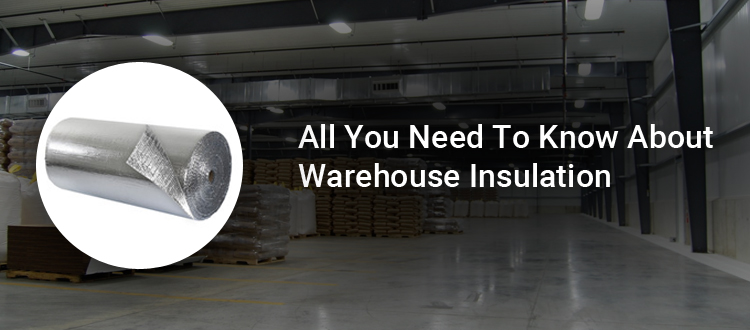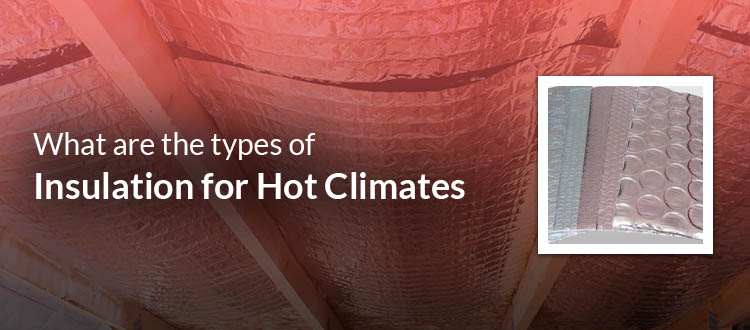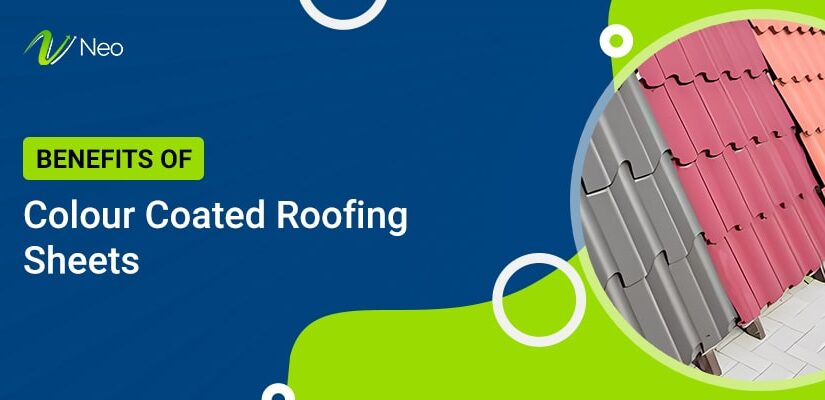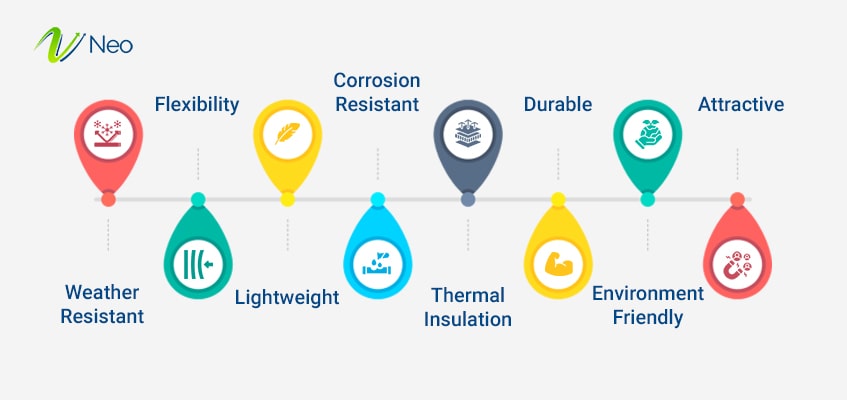Insulating a warehouse or any other similar commercial building can save up to $9.5 billion in energy costs annually. It’s huge, right? You can also save a major portion of your money from going into utility bills through Warehouse Insulation . And how to save the energy consumption, we are going to learn in this article.
In this article we will get to know the following things:
- Reasons to insulate your warehouse
- Types of suitable warehouse insulation
- The best way to insulate your warehouse
What is insulation sheet?
An insulate sheet, also known as an insulation sheet, is a material specifically designed to enhance the thermal resistance and energy efficiency of buildings or structures. These sheets are typically composed of various insulating materials such as foam board, fiberglass, or reflective foil.
The primary purpose of an insulate sheet is to reduce heat transfer, keeping indoor spaces warmer in the winter and cooler in the summer. It accomplishes this by creating a barrier that inhibits the movement of heat through walls, ceilings, roofs, or windows. This helps homeowners and building occupants maintain a more comfortable and energy-efficient environment while reducing heating and cooling costs.
Insulate sheets come in various forms, including rigid boards, flexible rolls, and reflective bubble wrap. The choice of insulating material and form depends on specific application needs and local climate conditions.
Overall, insulate sheets are a crucial component in modern construction and retrofitting efforts, playing a significant role in sustainable building practices and energy conservation. They are instrumental in creating well-insulated, energy-efficient, and environmentally-friendly structures. So let’s address the points one by one.
Benefits of Insulate your Warehouse
The cost that you pay for the utility bills is much more than that of the investment you put in warehouse insulation. Thus, insulating the warehouse is important for attaining stable and desirable conditions.
Following are the reasons to insulate the warehouse.
1. Reduce Cooling and Heating Costs:
Recently, architectures and the designers are constructing the warehouses using pre-engineered building designs. Pre-engineered buildings consist of metal frames and walls that are easy to construct and cost-efficient. But the only drawback it offers is poor quality in maintaining the interior conditions.
Metal warehouses consume a large amount of energy to maintain the desired temperature. Thus, a perfect insulation layer with suitable R-value is applied to the ceiling, exterior, and interior walls. Insulation helps in keeping the air inside the building and prevents or blocks the movement of air.
2. Reduce Emissions:
Well, a major concern these days is to improve the environmental conditions by reducing the carbon emissions. Insulation helps to reduce the energy consumptions which further leads to a reduction in fuel consumption which is essential for heating and cooling. Thus, leading to a lower carbon emission from your end.
3. Enhance HVAC System Performance:
HVAC (Heating, Ventilation, Air Conditioning) System requires more repair and maintenance when they work excessively and continuously for a longer duration. Insulation helps to reduce the cost that is put in the maintenance of the HVAC system.
Get Insulation Sheet for Warehouse
4. Reduce Unwanted Noise:
Insulation provides more than just a barrier to heat transfer. It is a perfect remedy to reduce external noise.
5. Comfortable and Healthier Work Place:
To enhance the productivity and quality of the work, it is necessary to create a healthier environment. Warehouse insulation gives a comfortable and cozy workplace for the employees.
Types of suitable Warehouse Insulation
There are a variety of insulation types and insulation materials available in the market. But insulation depends on various factors like climatic conditions, demography, usage of the warehouse, etc.
Following are the insulation types suitable of warehouse:
1. Cellulose Insulation:
It consists of about 80% recycled materials and is environmentally friendly. You can use cellulose to insulate the walls for your commercial buildings or warehouses.
2. Fiberglass Insulation:
Fiberglass sandwiched between two layers of foil is effective in providing heat insulation. They are installed below the roof deck for achieving better insulation. Fiberglass insulation is available in either loose-fill or blanket form.
3. Radiant Barrier Insulation:
Radiant barrier offers a great reflection to the radiant heat coming from the sun. It helps to keep the warehouse cool as it doesn’t absorb the heat but reflect it back to space. Installing on the warehouse roof, radiant barriers are very useful if you utilize your warehouse for storing things that require low temperature. It consists of reflective material like foil.
4. Spray Foam Insulation:
The liquid of Polyurethane is sprayed evenly on the walls or attic, it expands as it is applied and peeks into the cracks and unreachable places. It blocks each and every crack, gaps, etc. which lets air exchange between the exterior and interior spaces.
5. Vinyl insulation:
It is a synthetic plastic consisting of polyvinyl chloride. It is a versatile material which is used for making seat covers, window frames, phonograph records, etc. Vinyl insulation is moisture and humidity resistant. It is durable and strong insulation material for commercial metal buildings.
Talk to Experts for Any Query
What are the Best ways to Insulate your Warehouse?
There can be two choices; either you insulate yourself by doing DIY steps or call the insulation contractors for doing it professionally. Well, DIY is possible if you are insulating a small space like home, garage etc. But for a space as big for a warehouse, it is not possible for an individual to do it the right way.
On the other hand, professional insulation contractors can analyze the surroundings and implement best-suited insulation material. They can install insulation layer with perfection and also provide a cost-effective solution for your requirements.
Conclusion
Insulation plays an important part in preventing heat transfer, moisture retention and helping to maintain desirable interior conditions. Warehouse insulation is necessary to maintain the quality of the products that you store in the warehouse for a long duration. We suggest taking advice from an expert on providing perfect thermal insulation conditions for your warehouse.
FAQ’s
1. What is Insulation in Warehouse?
Insulation in a warehouse refers to the use of materials to minimize heat transfer, helping to maintain stable indoor temperatures, reduce energy costs, and protect stored goods from temperature fluctuations.
2. Why is Insulation Important in Commercial Buildings?
Insulation in commercial buildings is crucial to conserve energy, improve comfort, and reduce heating and cooling expenses, making it a cost-effective and environmentally-friendly choice.
3. How can we Reduce Heat in Warehouse?
To reduce heat in a warehouse, consider using reflective roof coatings, insulating walls and ceilings, installing proper ventilation, and using high-efficiency lighting systems.
4. What is the Best Insulation for a Warehouse?
The best insulation for a warehouse depends on factors like climate, budget, and specific needs. Options include fiberglass, spray foam, and reflective insulation, tailored to the building’s requirements.




